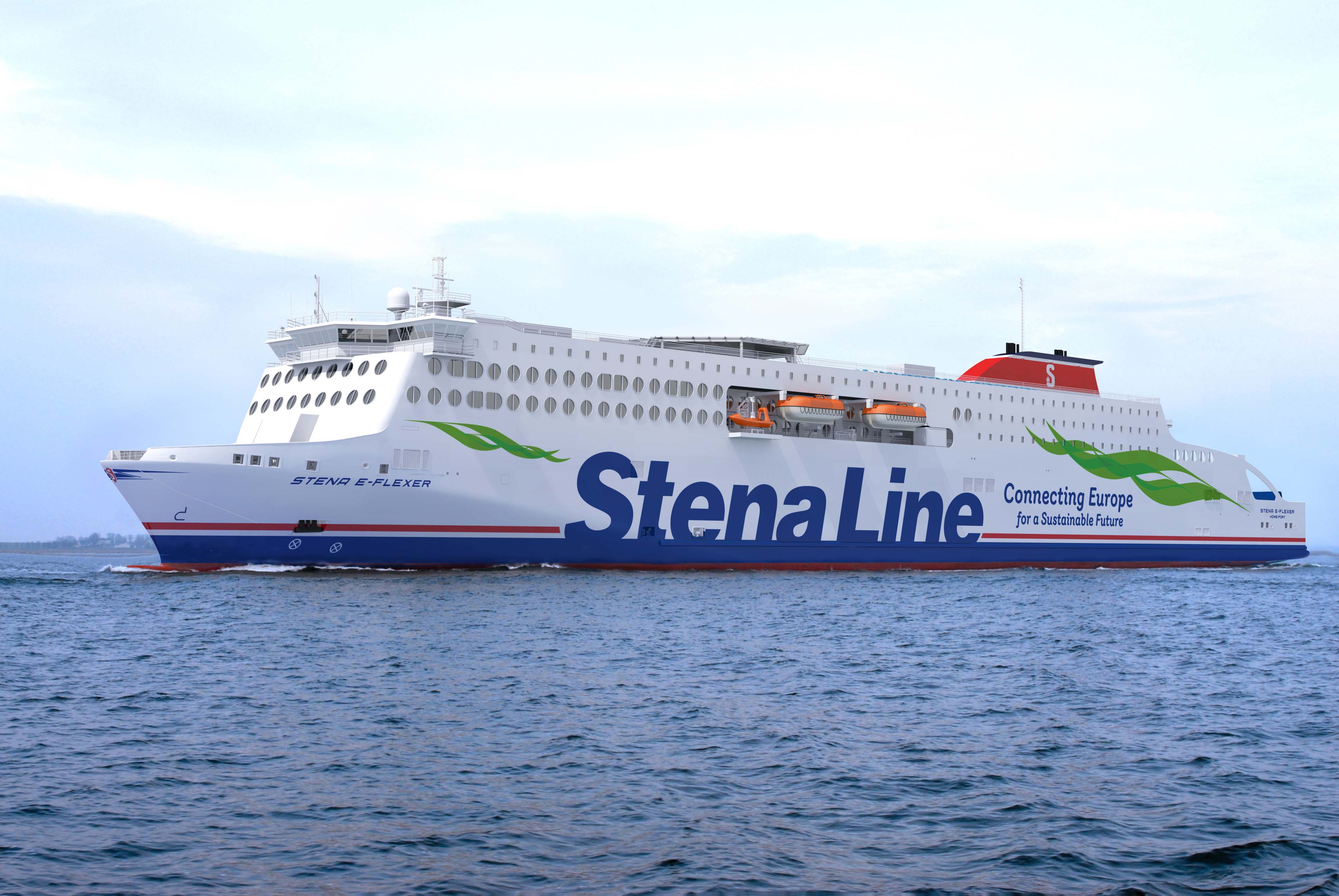
Stena Line has confirmed that the first of its new RoPax ferries currently under construction in China is planned to enter service on its Dublin-Holyhead route in early 2020.
Last year Stena announced a new build contract for a new generation of RoPax ferry vessels, Stena E-Flexer, with planned deliveries during 2020 and 2021. Stena has ordered the construction of six new vessels from the AVIC Shipyard in China and the plan is to locate three of these ships on Stena Line’s Irish Sea routes. The other three will be chartered out to external parties by Stena Line’s sister company, Stena RoRo.
Niclas Mårtensson, Chief Executive, Stena Line, said: “Our Irish Sea routes are strategically very important to Stena Line and our customers, with the freight market between Ireland and the UK experiencing significant growth over the last five years. That is why we have invested almost £200 million in our ports and vessels across the region to improve and grow our capacity to offer a frequent, reliable and high-quality service for our freight and travel customers. The deployment of three new vessels is a tangible example of our strategic growth plan for the Irish Sea.
“I am delighted to confirm that the first of our new vessels will be deployed on the Dublin-Holyhead service planned for early 2020. Furthermore, I can also confirm that two other vessels will be assigned to our Belfast-Liverpool service planned for spring of 2020 and early 2021.”
Ian Davies, Trade Director Irish Sea South, Stena Line, added: “Freight volumes have surpassed the Celtic Tiger peaks of 2007 and we are confident that this upward trend will continue. 2017 was a record year for Stena Line in the Irish Sea, where we carried over 800,000 freight units on our routes to and from the island of Ireland. We welcome the addition of the first of our new generation RoPax vessels on Dublin-Holyhead. It will significantly increase freight capacity and raise the service standards for travel and freight customers.”
The new vessel being deployed on the Dublin-Holyhead route will have capacity for 1,000 passengers and 120 cars, as well as 3,100 freight lane metres, delivering four daily sailings with an estimated crossing time of 3.5 hours.




